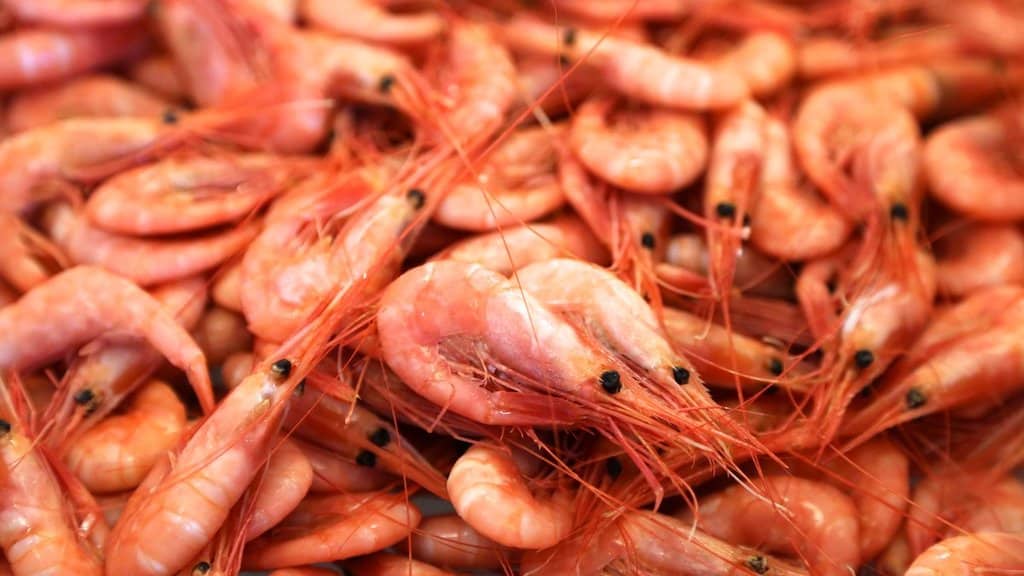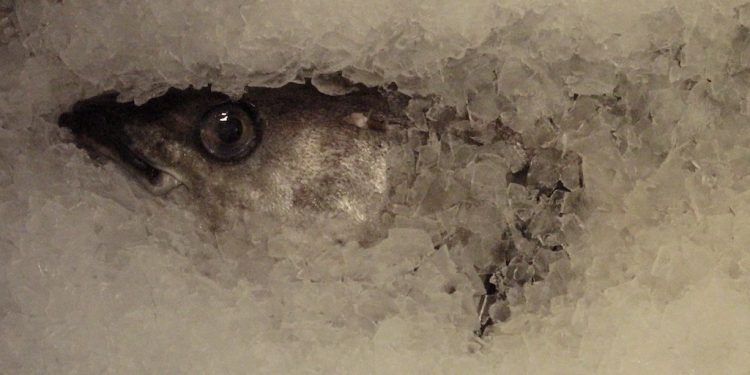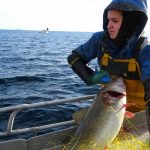The shrimp quota for the Skagerrak and Norskerenna areas is subject to a 47% reduction, according to the recommendations from ICES, while reductions are also advised for saithe and coastal cod.
The quota advice for shrimpp is subject to a change, as the recommendation for a 5125 tonne quota is for a quota year running 1st July to 30th June 2024, instead of being applied to the calenadar year as has been the case up to now, while reference points have also been updated and advice is based in a new harvesting rule. The advice for the first half of 2023 was 5882 tonnes, while the advice advice for the coming full year is 5125 tonnes.

The modelling of gender change in the population model has been changed. Shrimp begin life as males, reproduce once before changing sex and then reproduce as females for the rest of their lives. Shrimp can live up to four to five years in the Skagerrak and the North Sea.
‘The new model results give a more realistic picture of the spawning biomass,’ said researcher and stock manager Guldborg Søvik, adding that the new model calculates fewer two-year-old females.
‘Then the total spawning biomass will be smaller. Since the spawning biomass is the most important factor when we calculate quota advice, the advice must go down. The entire population is at a low level, and the geographical distribution is also at a much smaller level than it was in the 1990s and 2000s.’
Coastal cod and pollock
‘Although there is a reduction in the advice, the stocks remain stable,’ said Bjarte Bogstad, who represents HI and Norway in the ICES advisory committee.
ICES recommends that the catch of coastal cod north of 67°N in 2024 should not exceed 26,612 tonnes. This is a decrease of 9%. For coastal cod between 62°N and 67°N, the advised 9136 tonne quota is unchanged. The Coastal Cod Council includes both professional fishermen and recreational fishing.
A number of regulatory measures have recently been introduced to reduce fishing pressure on coastal cod, which is still judged to be high. These regulations have no direct link with the decline in this year’s advice.
The pollock catch north of 62°N in 2024 should not exceed 223,123 tonnes. This is a decrease of 2% from the recommendation for 2023, which was the highest advice since 2008.









